Heart disease is the leading cause of death in the United States and worldwide. While heart disease may be asymptomatic until a heart attack strikes, there is often an early warning sign that shouldn’t be ignored—elevated blood pressure.
Blood pressure consists of two numbers. The first is called systolic blood pressure, which measures the amount of pressure in the arteries when the heart contracts. It is reported in millimeters of mercury (mm Hg), a holdover from the days when an inflatable cuff was attached to a device similar to old-fashioned thermometer. Systolic blood pressure should be less than 120 mm Hg. The second number is called diastolic, and reflects the amount of pressure in the arteries when the heart relaxes between beats. This number should be below 80 mm Hg.
There is a common misconception that 120/80 is a satisfactory reading, when it is actually the top of the normal range. Systolic pressure between 120 and 129 is considered elevated by the American Heart Association. Stage 1 hypertension occurs when systolic pressure is 130 – 139 and/or diastolic pressure is 80 – 89. Stage 2 hypertension occurs when blood pressure rises to 140/90 and above. A hypertensive crisis occurs when systolic blood pressure reaches 180 and requires immediate medical attention.
If you have stage 1 hypertension, you have a good chance of reducing your blood pressure through diet and lifestyle changes and are unlikely to need pharmaceuticals. There are many ways to get your blood pressure down before elevated pressure causes lasting damage to your arteries.
Lose weight, if necessary. Body mass index (BMI) is a quick calculation using your height and weight to determine whether your body mass is putting you at risk for health problems such as heart disease, diabetes and cancer. A normal BMI is 18.5 – 24.9. Unfortunately, most Americans have a BMI of 29 or greater. To move BMI back to the normal range, women need to lose an average of 14 pounds and men 18 pounds. Each pound you lose translates into a 1 mm Hg reduction in blood pressure. A BMI calculator can be found at www.CDC.gov.
Exercise. Physical activity is highly effective in reducing blood pressure, especially aerobic exercise wherein your pulse increases to 60 – 75 percent of your maximum capacity and is sustained for 30 minutes. This forces blood vessels to expand and contract, keeping them flexible. Doing 150 minutes of aerobic activity weekly can lower blood pressure 5 to 8 mm Hg. Resistance training has the potential to lower blood pressure 4 to 5 mm Hg.
Less sodium, more potassium. Daily intake of sodium should be limited to 2,300 mg to prevent elevated blood pressure, and lowered to 1,500 mg per day if you already have hypertension. Sodium intake in the United States greatly exceeds these levels at 3,400 mg per day.1 A diet high in processed food contains too much sodium and too little potassium, which results in cells retaining water. The excess fluid causes pressure to build up, and accounts for the use of diuretics to help people with hypertension excrete more water via urination.
To change the balance of potassium to sodium in your diet, focus on eating fewer packaged goods and more fresh, whole foods. Foods that are particularly high in potassium include vegetables (especially leafy greens, tomatoes, potatoes, and sweet potatoes); fruit including melons, bananas, avocados, oranges, and apricots; tuna and salmon; nuts, seeds and beans.
Celery for lower blood pressure. Celery contains organic compounds called phthalides, which relax the artery walls to increase blood flow and reduce blood pressure. Celery juice has become a trendy drink, and while it has benefits, eating the whole food is better. In addition to phthalides, you also get fiber, magnesium and potassium to help regulate blood pressure. The vitamin C and beta-carotene in celery decrease oxidative damage, meaning that bad cholesterol is less likely to stick to the arteries. Try to eat four to six stalks of celery per day.
Benefit from beets. Both raw beet juice and cooked beets are effective at lowering blood pressure and decreasing inflammation. Nitrates from dietary sources like beets and leafy green vegetables are converted to nitric oxide within the body. Nitric oxide then relaxes blood vessels and dilates them, which helps the blood flow more easily. In one study, systolic pressure fell four to five points. Researchers say the drop may seem small, but on a public health level it equates to a 10 percent reduction in deaths due to heart disease.2 If you don’t like the taste of beets, you can mix three parts beet juice with one part apple juice.
Other nutrients and supplements that help maintain healthy blood pressure are vitamin C, magnesium, garlic, and fish oil.3 Consult your health care practitioner regarding which of these choices are right for you.
Dr. Jessica Needle is a licensed naturopathic doctor with Optimal Health Center in Palm Desert and can be reached at (760) 568.2598.
References: 1) https://www.cdc.gov/heartdisease/sodium.htm; 2) https://www.webmd.com/hypertension-high-blood-pressure/news/20121212/beetroot-juice-blood-pressure; 3) https://www.healthline.com/nutrition/supplements-lower-blood-pressure?c=1323517041194#The-bottom-line
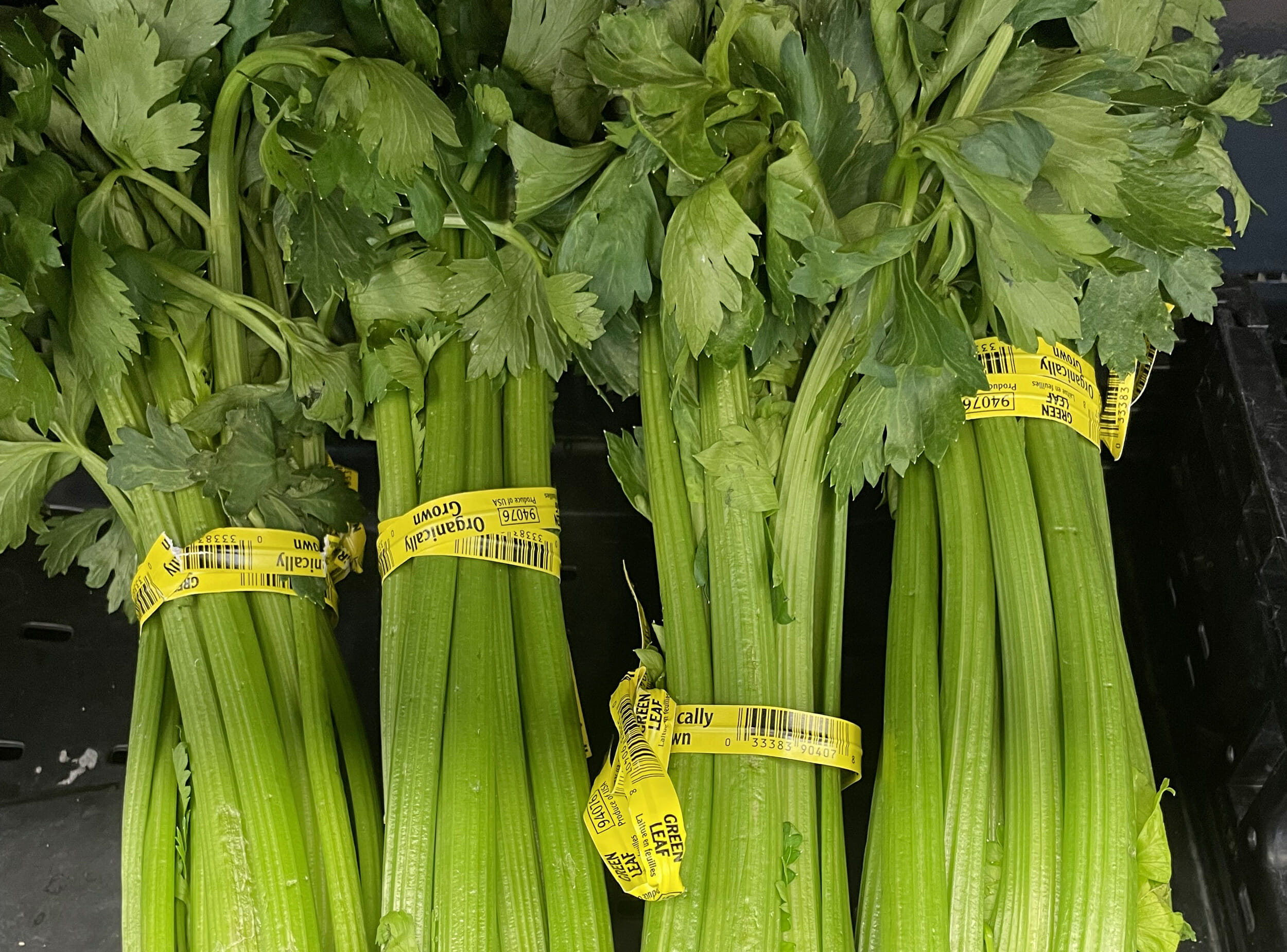





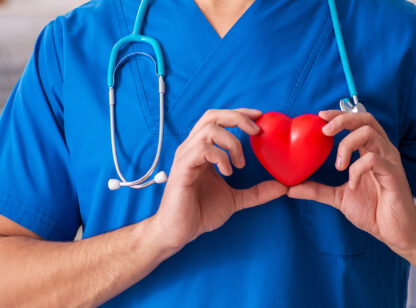
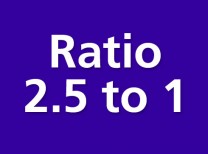
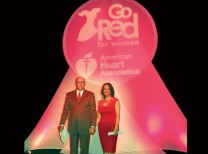
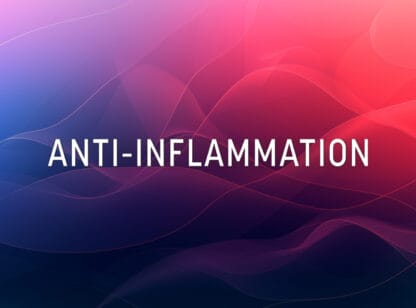


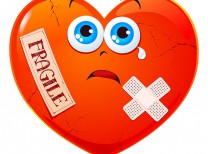

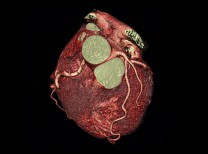

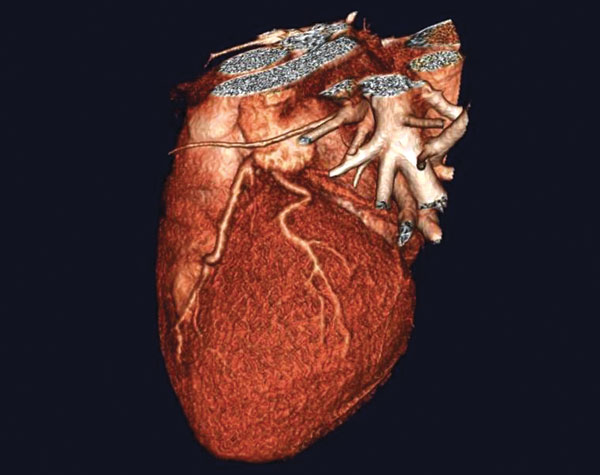




























Comments (0)